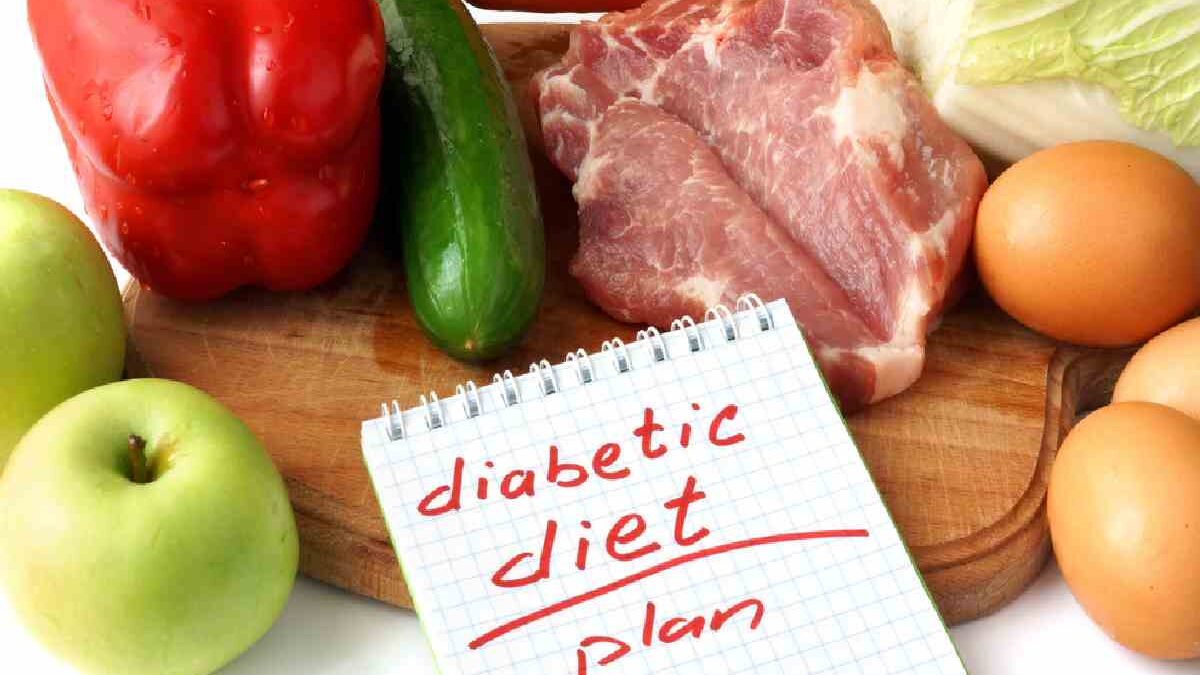Diabetes is a lifestyle disease. Despite its name, it is not always caused by an unhealthy diet. However, your diet does have a huge impact on the way your body metabolizes insulin. So here is a given diabetic diet food list that will help you to follow your diet.
Table of Contents
Choose Healthy Fats
Because fat is essential for absorbing vitamins and nutrients, it’s important to replace unhealthy fats with healthy ones. Healthy fats include monounsaturated and polyunsaturated fats found in nuts, seeds and avocados. Avoid saturated and trans fats as much as possible; these are found in animal products such as red meat and butter. Trans fats may also be listed on the ingredients list of processed foods (such as cookies), so read labels carefully!
Eat Healthy Carbs
Carbohydrates are the body’s main source of energy. Most people think of carbs as only being found in bread, rice and pasta, but carbohydrates are also present in fruits, vegetables, grains and milk products. In addition, carbohydrates provide four calories per gram—the same amount of calories that Protein provides.
Simple carbohydrates include sugars found naturally in foods such as fruits, milk, processed foods made with refined grains like white bread or pasta, sweets like candy bars and soft drinks, alcohol, table sugar (sucrose); fructose corn syrup, honey, etc.
Add More Fiber
Fiber is a carbohydrate that your body can’t fully digest. It’s important for many reasons, including helping to maintain a healthy weight and maintain regular bowel movements. Fiber also helps lower blood sugar by slowing the absorption of sugar into your bloodstream.
Fiber comes from plant foods like fruits, vegetables, whole grains and legumes (beans). The best way to add more fiber to your diet is by eating more fruits and vegetables, whole grains and legumes. For example:
- Add spinach or kale to a Greek yogurt parfait with granola instead of using fruit slices as in this recipe.
- Snack on popcorn instead of chips or pretzels made with enriched white flour like these salty ones.
- Switch out white rice for brown rice, which has 5 times more fiber than its counterpart without affecting taste much at all – just make sure you cook it longer, so it isn’t gummy otherwise!
Be Moderate With Protein
Protein is a key nutrient for the body, as it helps build and maintain muscle. Consuming too much Protein can lead to high uric acid levels in your blood, which is associated with heart disease and kidney stones.
Also, overeating protein may cause you to feel full more quickly, so you eat less food overall. Eating less food means your body will burn fewer calories and not store nutrients as fat; this can help prevent weight gain or aid in weight loss efforts if necessary.
As per a diabetic care expert Tandem Diabetes, “Protein provides energy, although the body’s preferred source of energy is still glucose. Protein is essential for tissue repair throughout the body.
This article must have helped you understand how diet and diabetes are connected. By choosing healthy fats, eating healthy carbs, adding more fiber and being moderate with Protein, you can keep your blood sugar levels balanced and lower your risk of getting this disease.

